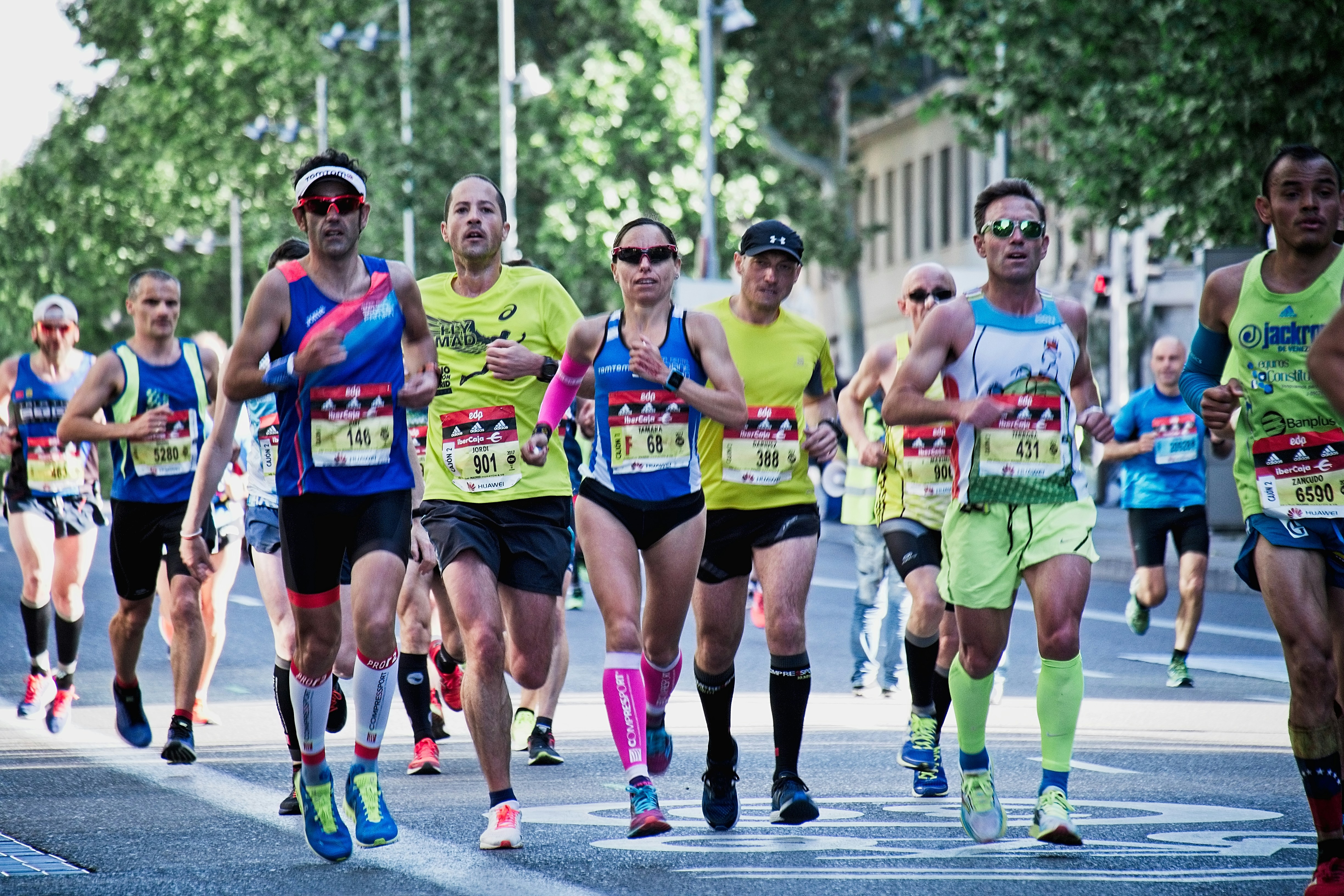Media release
From:
Neuroscience: Marathon runners experience reversible changes in myelin in the brain
Runners appear to experience a decrease in the amount of myelin — a substance that surrounds neurons — in certain regions of the brain following a marathon, according to a study involving ten participants published in Nature Metabolism. However, the effect was completely reversed two months after the marathon, according to the research. Further studies are needed to evaluate whether these changes have any effect on neurophysiological and cognitive functions associated with those regions, but the authors note that the bulk of myelin in the brain is unaffected.
Long-term exercise forces the human body to draw from energy stores. Marathon runners, for example, primarily utilise carbohydrates such as glycogen as a source of energy but will shift to fat when glycogen is depleted in the muscles. Myelin, which surrounds the neurons in the brain and acts as electrical insulation, is primarily composed of lipids, and previous research in rodents suggests that these lipids may act as an energy reserve in extreme metabolic conditions.
Carlos Matute and colleagues used magnetic resonance imaging to image the brains of ten marathon runners (eight men and two women) before and within 48 hours after running the 42-kilometer-long race. They also imaged the brains of two of the runners two weeks after the race and those of six runners two months after the race as a follow-up. By measuring the myelin water fraction in the brain — a proxy for amount of myelin — the authors found a consistent reduction in the content of myelin in 12 areas of white matter in the brain. These areas are associated with motor coordination and sensory and emotional integration. After two weeks, myelin concentrations had increased substantially but had not yet reached pre-race levels. The authors found that the myelin content had fully recovered two months after the marathon.
The researchers note that a limitation of the study is the small sample size and that tests in a larger cohort are necessary. They conclude that myelin could be viewed as a source of energy when other brain nutrients are being depleted during endurance exercise, and that further research is needed to establish how more extreme forms of exercise relate to the amount of myelin in the brain.



 International
International



